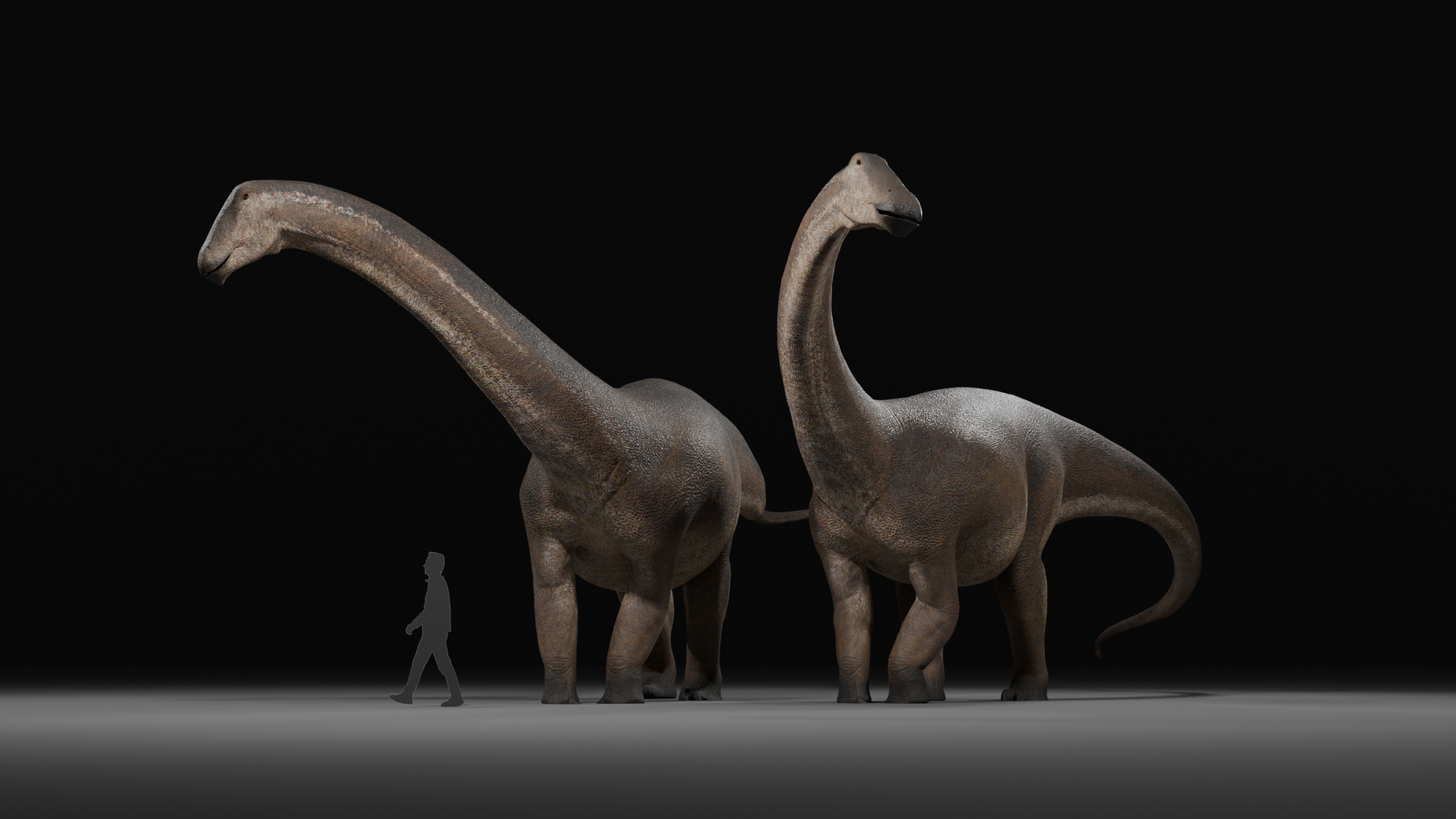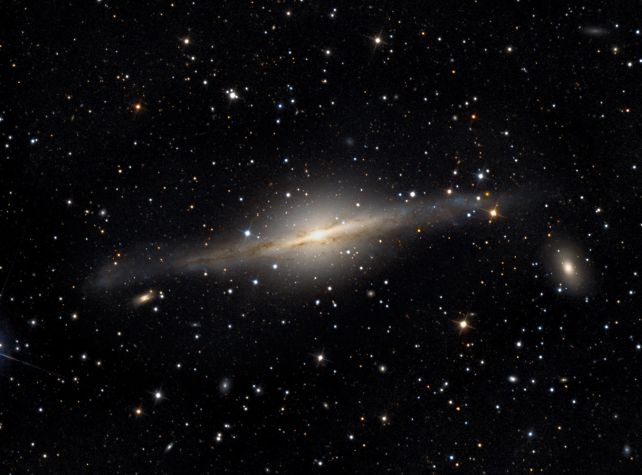A recent study has revealed the existence of a newly discovered species of sauropod, which is considered the largest of its kind and among the few remaining members of its family. The fossils of the species, now known as Sidersaura marae, were initially found in 2012 in the Huincul Formation in Neuquén Province, Argentina. Over the course of several years, researchers conducted multiple excavations to recover the dinosaur parts, which belonged to four individuals. These findings were detailed in a study published on January 3 in the journal Historical Biology. It was determined that the newfound sauropods likely perished in a muddy area near a river, with some of their bones displaced by scavengers and water, yet many were preserved. One of the new sauropods was discovered next to a large carnivorous dinosaur called Meraxes gigas, while the other three were found 65 feet (20 meters) away. The fossils of S. marae are estimated to be around 93 million to 96 million years old, dating back to the early stages of the late Cretaceous period (100.5 million to 66 million years ago), representing the final phase of the dinosaurs before an asteroid impact led to the extinction of non-avian dinosaurs. The newly discovered sauropods measured up to 65 feet in length and weighed 16.5 tons (15 metric tons). Although larger dinosaurs have been documented, S. marae is a rebbachisaurid sauropod, which typically weighed up to 10 tons (9 metric tons), raising questions about their remarkable size. Lucas Nicolás Lerzo, a doctoral student at Maimónides University in Argentina and the lead author of the study, described the discovery as a catalyst for further research to understand how these animals achieved such colossal proportions. Rebbachisaurids, characterized by their duck-like faces, were known for feeding on ground-level vegetation, as explained in a statement released by the Argentine National Scientific and Technical Research Council (CONICET). In 2017, Lerzo began examining the bones and observed distinct features that distinguished them from other rebbachisaurids, including traits linked to the new species’ enormous size, such as the more robust hind limbs, likely adapted to support additional weight. The new species was named S. marae in reference to the unique star-like shape of its haemal arches, bony structures in the tail. The name “Sidersaura” combines “sider,” the Latin word for star, with the Greek word “saura,” meaning “lizard” or “reptile.” The research team also investigated the evolutionary relationship between the new species and other rebbachisaurids and found that S. marae was more closely related to older members of the group from the early Cretaceous, rather than the late Cretaceous rebbachisaurids. This discovery sheds light on the evolution of the rebbachisaurid family as it approached extinction, with the family becoming extinct approximately 90 million years ago, making S. marae one of the last of its kind to roam the Earth. “It’s the last form of the group,” said Lerzo.  Sidersaura marae with a human outline for scale. (Image credit: Gabriel Diaz Yantén)
Sidersaura marae with a human outline for scale. (Image credit: Gabriel Diaz Yantén)













